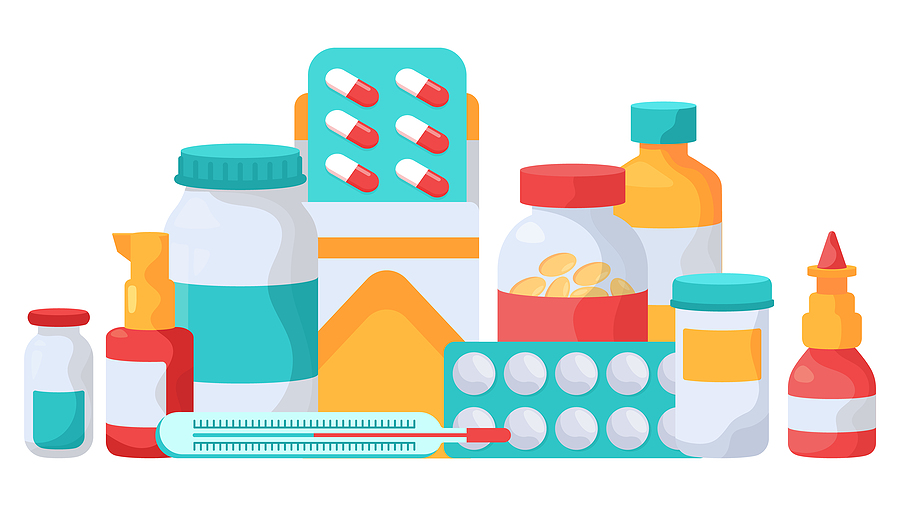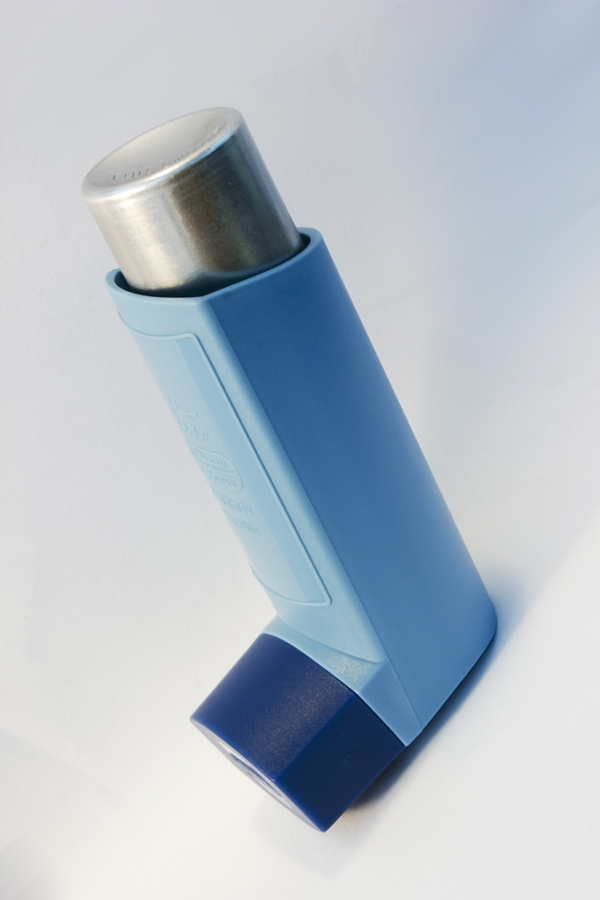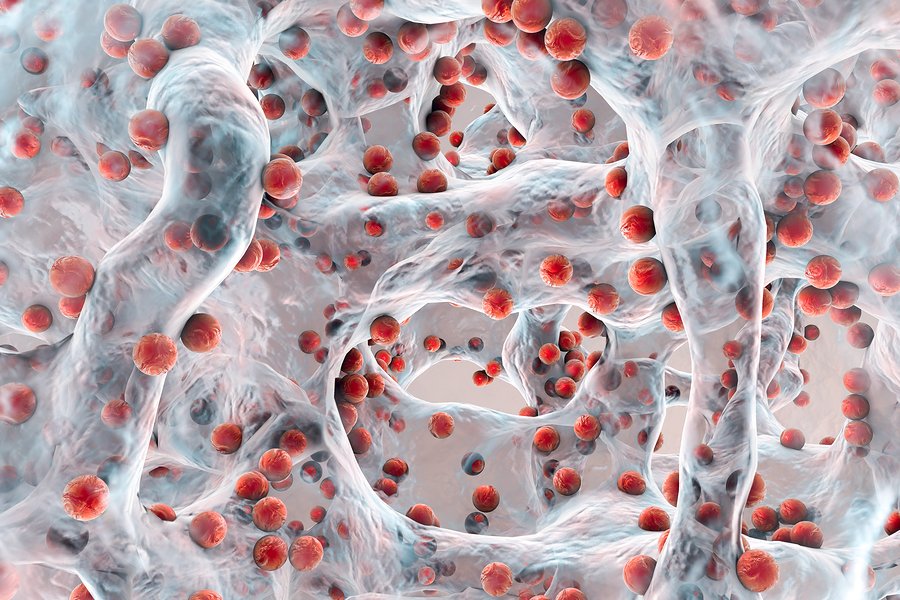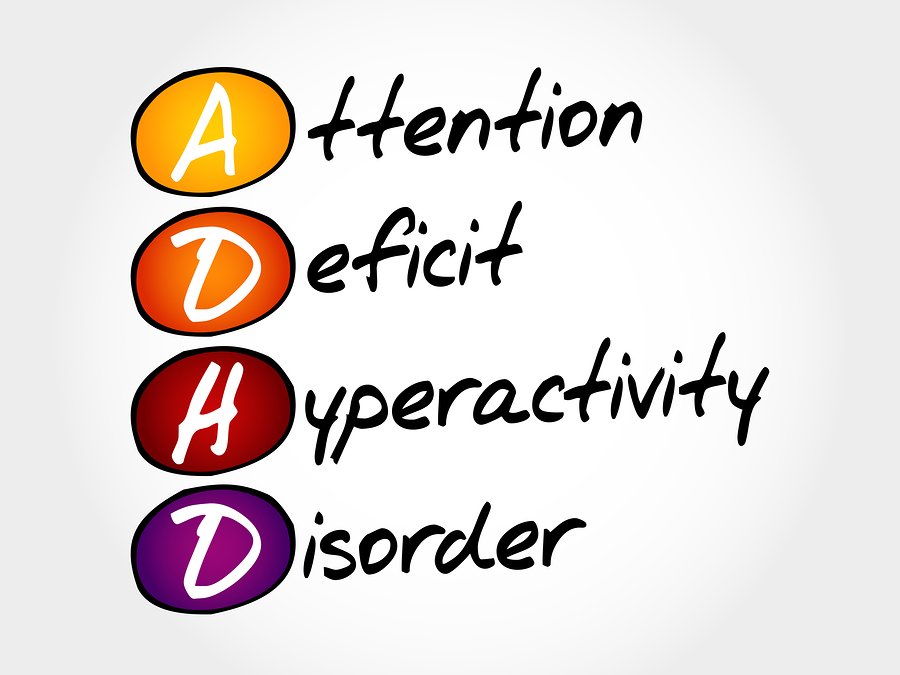Medication is a crucial tool to diagnose, treat and prevent disease and illness, but there are many forms and different routes of administration available on pharmacy shelves, and understanding the options available can be a challenge. Even familiar over-the-counter medicines such as Zyrtec or Advil may have a variety of different forms. Should you go for a tablet or liquid? Would a chewable tablet be better than a sublingual version? Do I need a dry powder or slow-mist inhaler?
Doctors prescribe different drugs depending on the condition and individual patients needs, but once a medication has been settled on, there may be a number of different formulations or forms to choose from. It can be tricky figuring out what works best for you, but understanding the different forms and their benefits and drawbacks can help improve your awareness of the treatment and medication options available to you.
This knowledge is also vital in helping patients take medication correctly and administer it appropriately, something that plays an important role in reducing risk and ensuring patients get the full benefits from a course of prescribed medication.
If you are at all unsure about how to take your medication or are unhappy with the the form or route of administration of drugs you have already been prescribed, talk to your pharmacist or physician about other options.
We have put together some common forms of medication, organized by the route of administration, to help you understand the various options available.
ORAL
Tablets
 Tablets are perhaps the most commonly used form of medication, but within this category there are many different options to choose from, each with their own distinct uses and benefits.
Tablets are perhaps the most commonly used form of medication, but within this category there are many different options to choose from, each with their own distinct uses and benefits.
- Dispersible/soluble/effervescent tablets - Dissolved in water before being taken. They have a swift action and are often a better option when there is a risk of irritation in the stomach.
- Modified release/slow release tablets - Swallowed whole. These, as the name suggests, release slowly in the stomach, ensuring that medication is administered slowly over a long period of time. Examples include Opana ER and Concerta ER (methylphenidate extended-release tablets).
- Enteric Coated (EC) or gastro-resistant (GR) - Swallowed whole - These are often drugs that cause irritation if released in the stomach so are designed to release their active ingredients elsewhere, for example in the upper intestinal tract. Examples include Ecotrin and Naproxen EC.
- Chewable - Chewable medication can be chewed before swallowing. Easier than swallowing a whole tablet and will have a faster effect as the tablet does not need to dissolve slowly in the stomach.
- Buccal - Placed in mouth, usually between gum and upper lip. These tablets release into the system quickly and are often used when patients struggle to swallow medication or when the effects of the drug would be decreased by digestion.
- Sublingual - Placed under tongue to dissolve. Similar to buccal tablets, these have a fast effect so are often used in emergency situations, particularly as they do not require swallowing. Examples include Edluar and Suboxone.
Liquids
Liquids cover a number of different forms of medication. They usually come with a measuring spoon, oral syringe or other product to ensure the correct dosage is administered by the patient.
- Liquid - A watery form of medication in which the active ingredients are contained within the liquid (unlike a suspension).
- Linctus - Usually more viscous than a liquid medication, these often contain sweeteners or sugar, for example Clistin (carbinoxamine).
- Suspension - Suspensions are powdered medications contained within a liquid. Patients should ensure they shake the bottle before taking a dose to ensure the medicine is evenly distributed in the liquid and to ensure the correct dosage is given.
Capsules
Capsules enclose the medicine in a hard or soft shell, which can be adapted to produce a normal, modified release (MR) or slow release (SR) capsule. They should be swallowed whole and patients should not tamper with them or remove the outer capsule.
TOPICAL
 Topical medications are those applied directly to the affected area. However within this there are a number of different forms available to patients, depending on their condition and the part of the body affected.
Topical medications are those applied directly to the affected area. However within this there are a number of different forms available to patients, depending on their condition and the part of the body affected.
Ear, eye or nasal drops (or suspensions)
- Applied using a dropper, these are often used to treat infections, allergies and irritation. Examples include Lastacaft (alcaftadine) and Optivar (azelastine).
Creams, lotions and ointments
- Often used to treat conditions such as acne, psoriasis and rashes, these are applied directly to affected patches of skin or other areas of the body. They are used to administer a variety of different drug classes, including steroids, hydrocortisone and antibiotics. Examples include Vanos Cream, Aclovate Cream and Zonalon.
Patches
- These are used to administer medication to an injured area, delivering a dose through the skin and into the bloodstream.
INHALATION
 Inhalers and nebulizers are used to deliver medication directly to the lungs. They are commonly prescribed to patients with asthma, COPD, bronchitis and other respiratory conditions.
Inhalers and nebulizers are used to deliver medication directly to the lungs. They are commonly prescribed to patients with asthma, COPD, bronchitis and other respiratory conditions.
Inhalers
- Metered-dose inhalers (MDI) - Shake before using and breathe slowly as you inhale and press down on the inhaler. It is liquid medication in an aerosol spray. Examples include Flovent, Azmacort, Vanceril and Aerobid.
- Dry powder inhalers (DPI) - Do NOT shake. Inhale rapidly and steadily. This releases puff of dry powder instead of a mist. Examples include the Advair Diskus, Asmanex Twisthaler and Pulmicort Flexhaler.
- Soft mist inhalers (SMI) - Newer form of inhaler, the speed of inhalation does not matter. It releases a slow-moving mist to help patients inhale the medicine, for example Respimat inhalers.
INJECTION
Injections are an infusion method for administering medication to patients in the form of a liquid. They are usually administered with a syringe and hollow needle through the skin. However, there are a number of different forms of injections, including: intravenous, intramuscular, subcutaneous, depot, intraosseous, intraperitoneal, epidural, intracardiac, intraarticular, intracavernous, intrathecal and intravitreal. We have listed just four common injection methods below.
- Intravenous injections - Injected directly into a vein. They are the fastest way to administer medication to the body.
- Intramuscular injections - Injected directly into the muscle. These are commonly used for vaccines, but also some painkillers and other medication.
- Subcutaneous injections - Injected into the cutis (the layer of skin below the dermis and epidermis). It has a slower rate of absorption than intravenous injections and is typically used to administer insulin to patients with Type I or Type II diabetes.
- Depot injections - "Deposits" the drug into a localized area called a depot. From here it is absorbed by the surrounding tissue, for example Zoladex (used to treat prostate cancer) is often administered as a depot injection.
SUPPOSITORY
Suppositories are solid dosage forms of medication inserted into the body where they dissolve or melt, yielding either local or systemic effects.
- Pessaries - administered vaginally.
- Rectal suppositories - inserted in the rectum.
- Urethral suppositories - inserted into the urethra.








